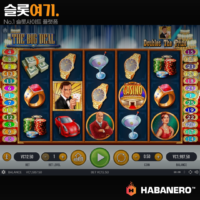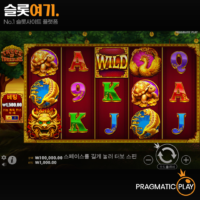“MIT math geniuses robbed a casino!” Where have you heard that sentence before?
The movie 21 is based on true events and tells the story of a group of MIT students who won millions of dollars at a casino through a blackjack counting strategy.
Behind it all was probability and math – the mathematical strategy behind the game. If you’re interested in casino games, an interest in math is a must. If you want to know how to win, you can’t avoid math concepts like probability, expectation, and game theory.
But studying math to play a game can be a bit of a headache, right? I know it was for me.
That’s why I looked for a gambling math primer that’s designed to be easy to understand, even for those new to the math world!
The Mathematics of Games and Gambling, the first in a series, is just such a primer.
Why you need math if you love games
People think of gambling as luck, but there’s a lot of numbers, logic, structure, and strategy behind many games. Whether it’s when to take an extra card in blackjack, when to bluff in poker, or which bets have a higher expected value in roulette, there’s a “math” behind every decision. Behind the facade of luck lies a rigorous math structure.
“The Mathematics of Games and Gambling draws math concepts from familiar games such as roulette, dice, poker, blackjack, and the lottery to teach you “how to think” instead of “can I win?”
Who should read this book?
The authors say in the preface.
– Smart high school students who love gaming and math at the same time
– College students taking a probability theory class
– General readers interested in mathematical thinking
– Players who want to know “why is that strategy good?” instead of just the rules of the game
In short, it’s perfect for anyone who wants to play games and get smarter at the same time!
The organization of the book: From gambling to math.
“The Mathematics of Games and Gambling is organized into seven chapters.
Chapter organization summary
- The History and Culture of Gambling: When Did It Start?
- Probability and Expectation: “What is the probability of winning at roulette?” Math Answers
- Dice Games and Backgammon: Craps, Chuck-a-Luck, and More: A Hands-on Analysis
- Combinations and Poker Math: Cases in Poker and Bridge
- Iteration and Binomial Distribution: When Does the “Law of averages” Work?
- Introduction to Game Theory: From Prisoner’s Dilemma to Zero-Sum Games
- Other gaming analytics: horse racing, lotteries, and even bankruptcy theories for gambling companies.
There are also exercises at the end of each chapter, if you’re wondering, “Can I try this myself?”
Points: more important than strategy
The book doesn’t give you “do this” advice; rather, it encourages you to use probabilistic thinking and mathematical reasoning to ask, “What decision makes more sense in this situation?”
More important than mere tricks is having a rationale for your decisions. This book helps you develop the habit of asking yourself why you chose this bet, what are the chances of winning, and what are the long-term consequences of your choices. So it’s more of a mindset book than a strategy book.
Next Post Announcements
In my next post, I’ll be reviewing Chapter 1, “The History and Culture of Gambling,” which will cover why mathematicians have been interested in gambling and what mathematical insights its origins have led to.
If you’re curious about how this amazing culture of gambling became connected to math, be sure to read our next post!





